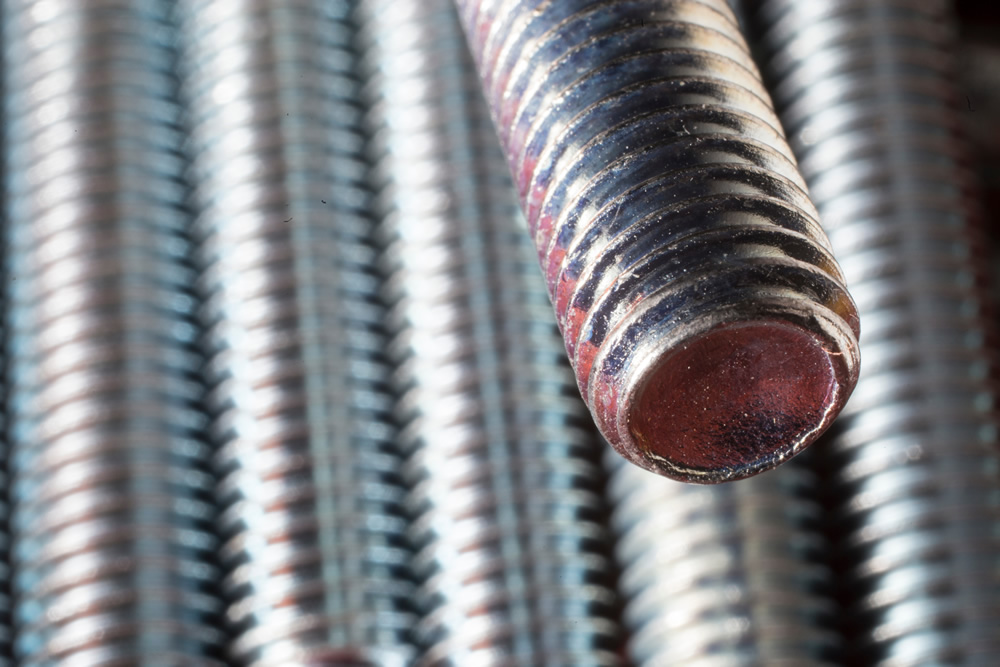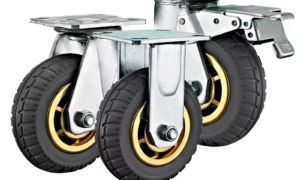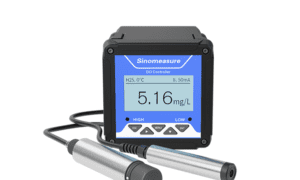Threaded Bars are widely used in the industry of construction and engineering. These elements lock in place to secure structures, providing stability support. Choosing the proper type requires knowledge of a number of factors, including the materials, grades, and strength. This post dives into these things to help you make a proper decision.
Threaded Bars Material of Choice
One must consider that Threaded bars are made from various materials, each with specific benefits. The decision will depend more on the application and the environment. Use Nucor.
Steel
Threaded bars are generally made using steel. It has durability, high tensile strength, which makes it suitable for heavy-duty applications. When outside, steel bars are normally galvanised or covered to resist rust.
Stainless Steel
Stainless steel is popular for projects that need corrosion protection. Its durability under extreme weather and chemical exposure enables use in marine and coastal applications. Furthermore, stainless steel looks good and is used in highly visible structures.
Aluminum
When weight is a factor, aluminum threaded bars are undeniable winners. They are not steel, but they can support lighter structures. Aluminum will not corrode, so it can be a good species to use for some exterior projects.
Brass
The use of brass provides an incredible balance of strength and abrasion resistance. It is commonly used for decorative purposes because of its aesthetics. But you don’t want to be around it in a stressful situation.
Grades of Threaded Bars
There are various grades of increased steel threaded bar, as its name implies, highlighting its strength and desired use. Knowing these grades helps you to pick the most suitable bar for the required application.
Grade 4.6
It’s very low strength grades, fit for non-critical applications. It frequently finds applications in the assembly of furniture and light frameworks, where the load is minimal.
Grade 8.8
Commonly used in construction that needs to be able to hold a reasonable amount of load, grade 8.8 represents a medium-strength option. Suitable for heavy-duty parts that also require cost savings.
Grade 10.9
When it comes to high-strength applications, grade 10.9 is the go-to option you can count on. It has applications in no-fail environments (like bridges or heavy machinery) where there are safety issues at play.
Grade 12.9
Grade 12.9 is engineered for the most extreme conditions and offers the maximum strength. These bars are used in aerospace and automotive industries where optimum performance counts.
Strength Considerations
The grade of a material can demonstrate the strength of the threaded bar. It defines the load it is able to hold without breaking down.
Tensile Strength
Tensile strength quantifies how much force it takes to snap a bar. The tensile strength is high, meaning it is a stronger bar, more suited for heavy-duty work. Tensile strength is steel, and specifically steel in higher grades.
Yield Strength
Yield strength, where a bar starts to permanently deform. The knowledge of yield strength is important to avoid structural failures and to understand that the bar can support expected loads.
Shear Strength
Shear strength is important in any application where the bars are forced sideways. It determines how much a bar can withstand shearing forces, that is, stability in dynamic environments.
How to Determine Which Threaded Bar to Use
Although there are a few things to take care of while choosing the threaded bar. The material, grade, and strength requirements need to cater to the specific need of the project at hand.
Environmental Factors
Think about the venue where the bar is going to be utilized. Areas with corrosive conditions, like marine locations, require materials like stainless steel and aluminum. Steel, for example, is much more affordable, making it an adequate solution for indoor applications.
Load Requirements
Trailering for dummies, it’s all about the load. Assess the highest load the bar has to bear and select a grade that affords the requisite strength. This process can be facilitated through the reference of consulting engineering guidelines.
Budget Constraints
Cost is always a consideration. Although the high-grade material provides better efficiency, the cost is higher. This balance of cost versus performance is a smart move as safety should never be compromised
Conclusion
Threaded bars play a vital role in numerous structural applications. Knowing the materials, grades, and strength properties can lead to decisions about safety and efficiency. Whether you are working on a simple home improvement project or a complex infrastructure project, you should choose the right threaded bar for the task.



































